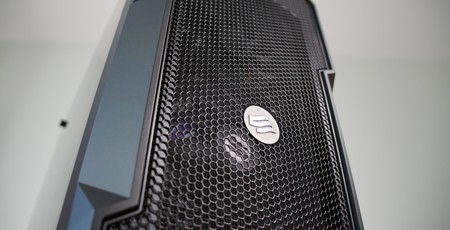
Manufacturer: SilentiumPC
UK price (as reviewed): £TBC (inc. VAT)
US price (as reviewed): $TBC (exc. tax)
SilentiumPC wasn’t a company I was familiar with or possibly even aware of at all before this review. A creature of habit I’ll often filter by manufacturer for ones I’m familiar with or have used before. That can be a good thing as you’re likely to get a good-quality, reliable product, but you have to be careful to not let brand loyalty creep in when companies let standards slip, and you could miss out on some great products. SilentiumPC’s offerings are aimed at the more budget-friendly end of the spectrum and with most of the models packing three or four fans out of the box, it also cuts any need to purchase additional case fans. Despite the low price, SilentiumPC pack the cases with as many creature comforts as it does fans, similar to how smaller car companies’ base models are packed with what would be expensive add-on options with other more “premium” brands. Let’s see if the Polish-designed Regnum RG6V TG is one to watch, or one to miss?
For a budget case it was certainly well packaged, with a separate foam piece protecting the glass panel. It hadn't occurred to me before that case manufacturers have a fairly cavalier attitude towards transporting glass, with no more protection being offered with any of the glass cases that have passed through my hands. At least not to the best of my recollection.
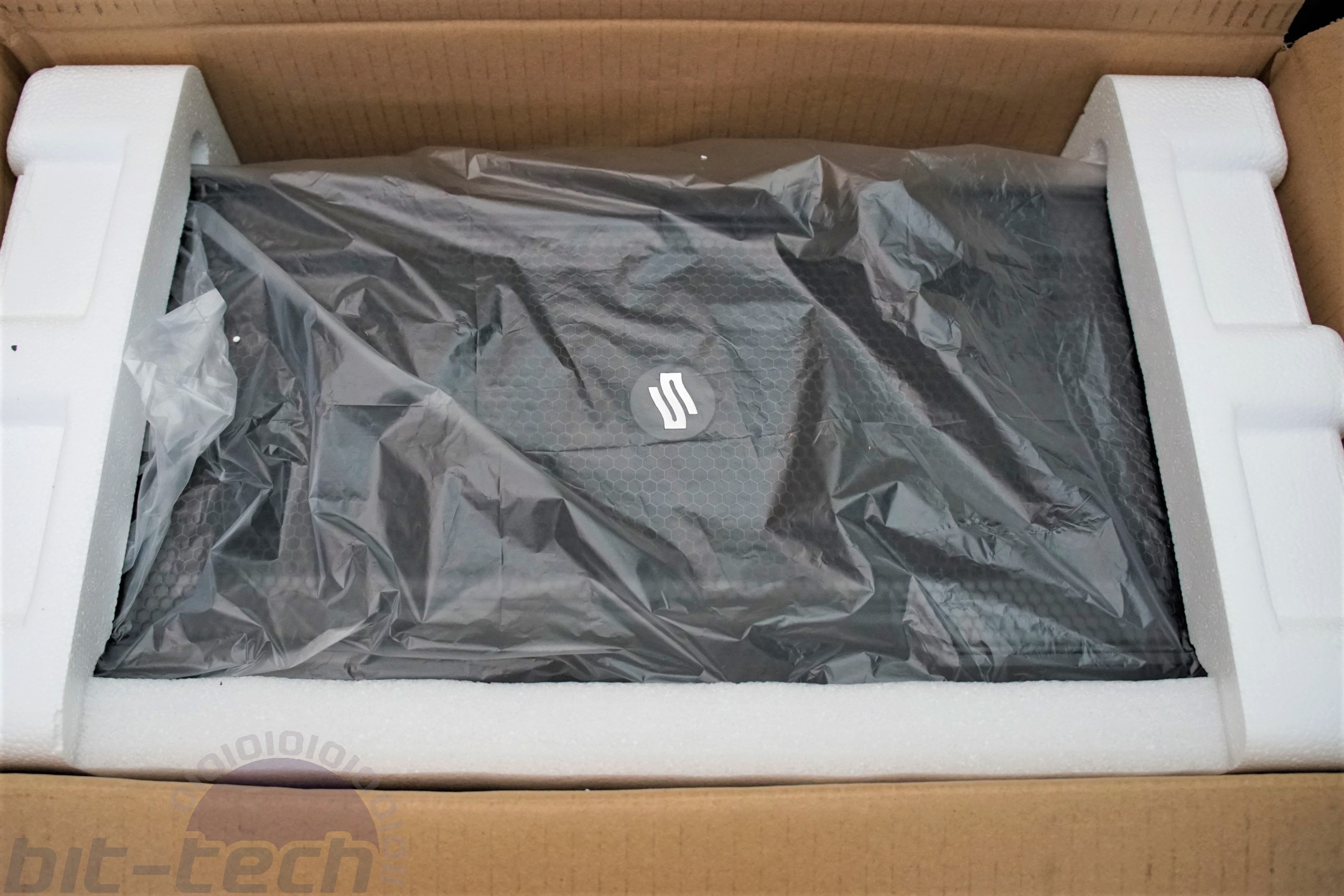
The case is pleasant enough to look at. It's predominantly your typical black box, but the front panel has a sharp angular pinch halfway up, a pattern repeated at the top and bottom by way of an indent of the thin gloss-black hexagonal mesh that provides the case its air supply. It's quite an aggressive stance that reminds me of the rear air ducts on current Lamborghinis. In the middle of that front mesh sits a small badge with a stylised "S" that serves as SilentiumPC's logo.
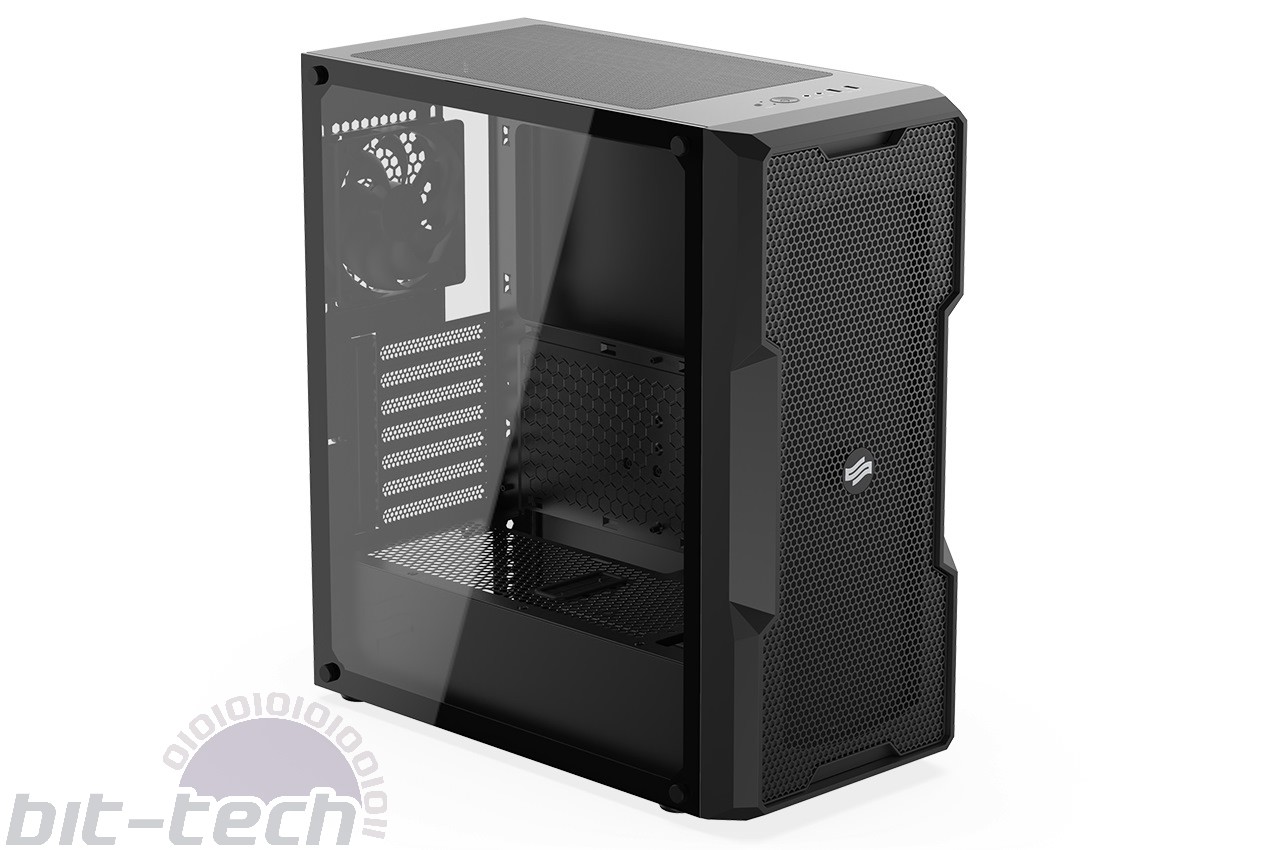
The front, roof, floor and rear of the case are all well-ventilated, with the former three all having filters of some description. The front panel is plastic and is attached to the steel chassis with a few push pins, coming off without too much fuss. This is made easier by the front I/O being attached to the roof's metal panel rather than the front plastic section. This front section is in two parts; a chunky outer frame that attaches to the case, then a dual-layered central ventilated panel.
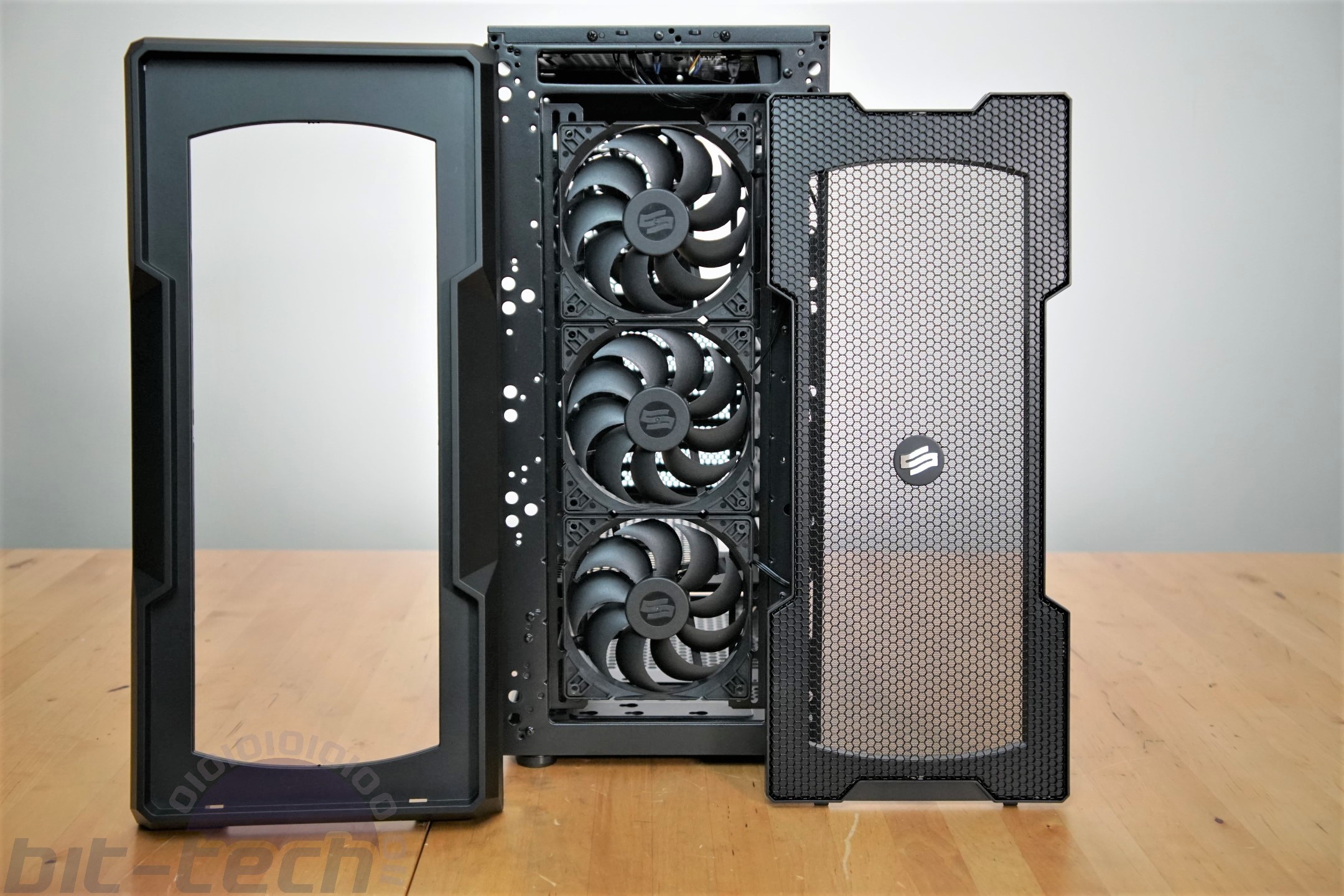
The ventilation comprises a hexagonal wire mesh on the front, with a finer cloth-like filter 12mm behind, both permanently attached to the frame of this inner section. Often having the filter permanently fixed in this manner makes cleaning difficult, but the two parts are connected by magnets which have been inserted into both frames, so the filtered panel can be removed from the front by itself for a rinse and spin. It's a very neat and seamless solution and rids the front of those ugly boxy filter frames.
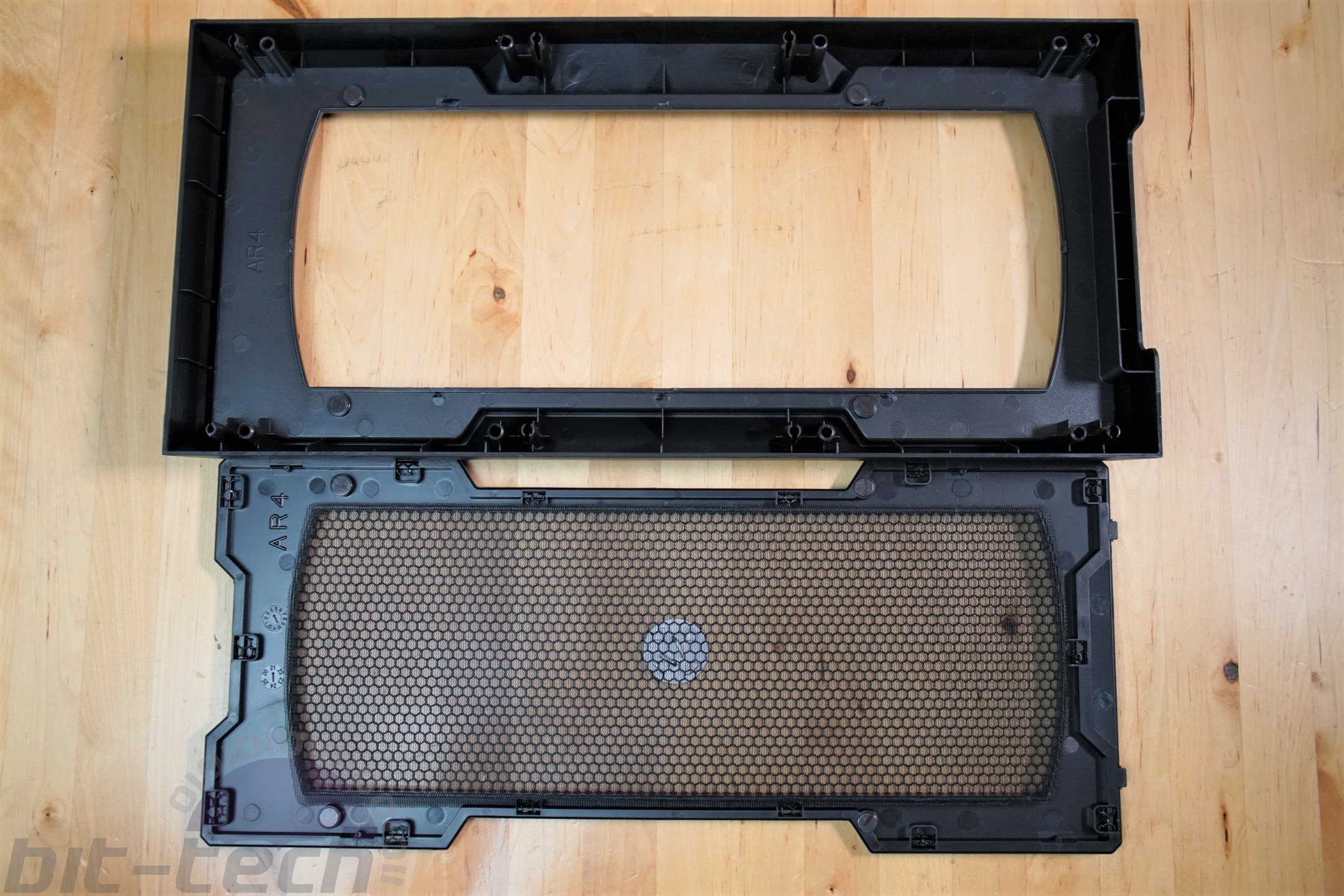
Behind the front panel sit three of SilentiumPC's Sigma HP120 fans. They’re mounted to the outside of the front fan rails, but the rails have been inset so there's 17mm of breathing space between the filter and the fans. The fans look the part on first inspection, a sleek all-black 9-bladed fan with the SilentiumPC logo in the centre of the hub, both frame and blades feeling solid too. However, when giving the fan blades a squeeze it reveals a rather rough and tatty finish to the edges of the blades.
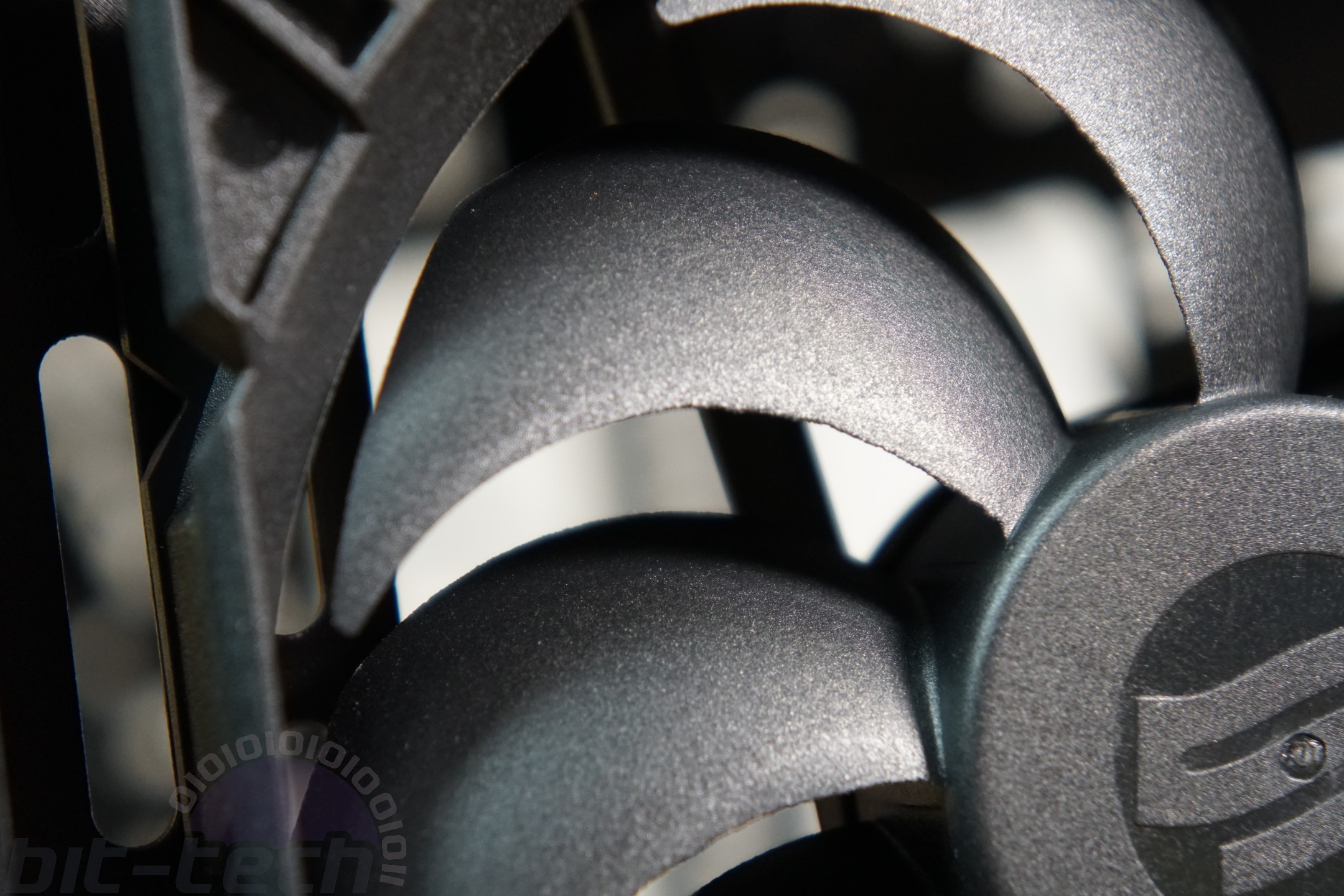
The front can also mount 2x 140mm fans and up to a 60mm-thick 360mm radiator, but any radiator will eat into your GPU clearance. The top fan mount can take 2x 120mm or 140mm fans and up to a 280mm radiator. SilentiumPC specifies that 280mm radiator compatibility is only with fans of 25mm thickness and a rad of 28mm, but given I measured the gap to the VRM heatsink as 52mm and you'd also have to clear the EPS and front I/O cables, it'd be incredibly tight. Possible, but not really advisable.
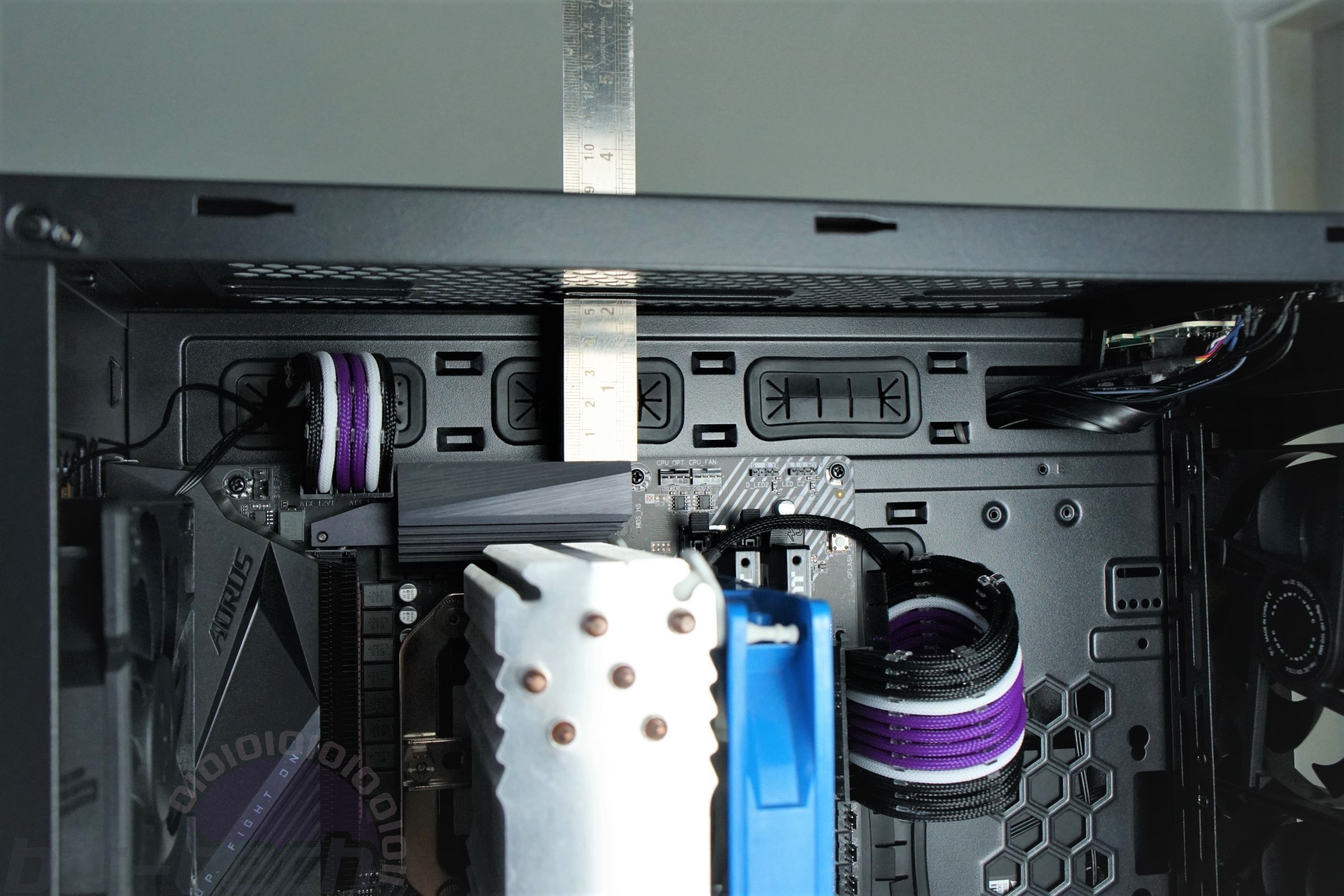
The roof and underside of the case sport magnetised filters. I like the idea of using a magnetised filter on the bottom as it means it can be removed for cleaning from any direction. The bottom of the case is ventilated from just in front of the rear feet, right up to where the front radiator clearance ends, so offers airflow to the whole floor and not just the PSU.
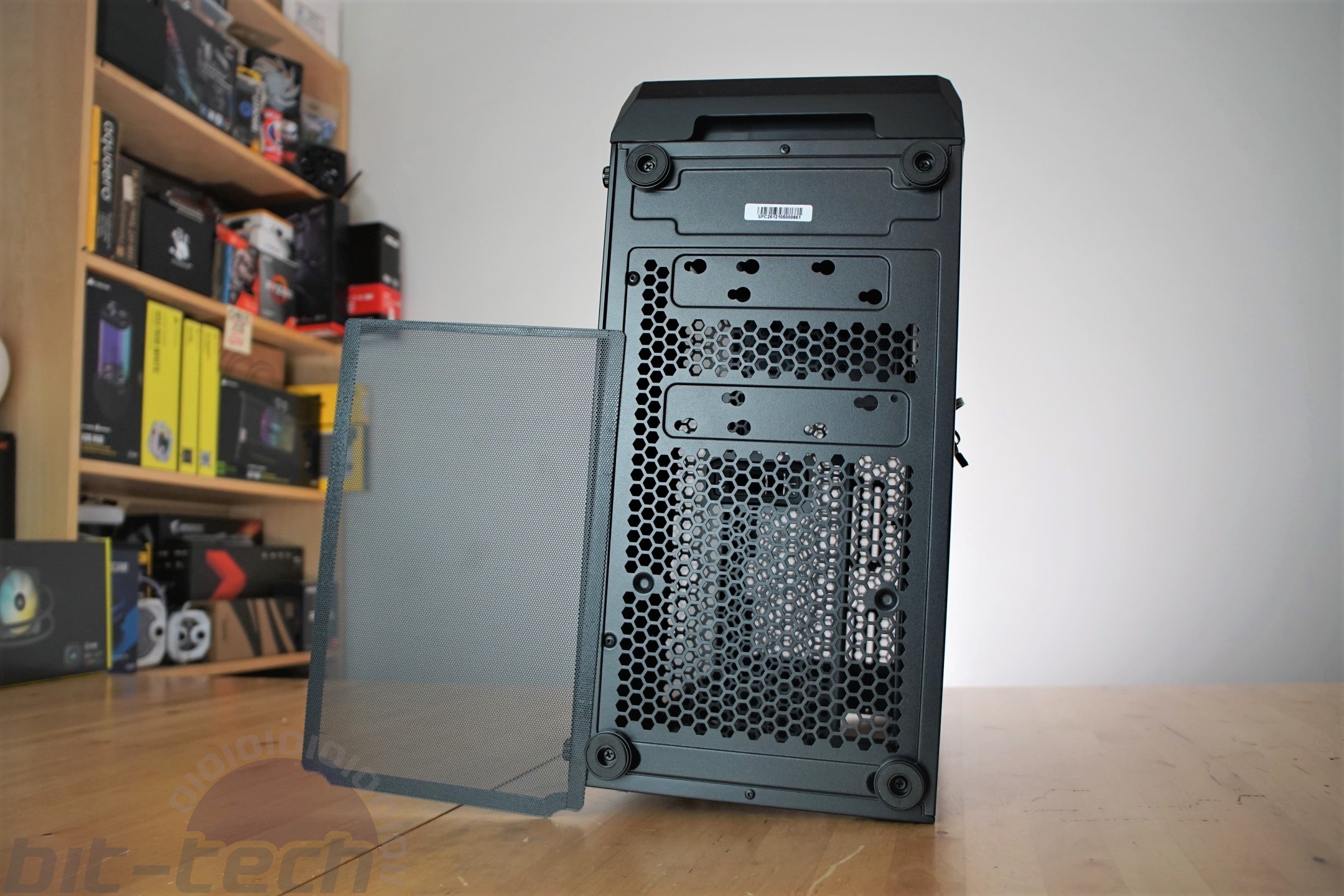
A 4th Sigma HP120 fan is then found at the rear of the case, which has 16mm of travel between the highest and lowest mounting positions. Only 120mm fans and radiators can be mounted in the rear.
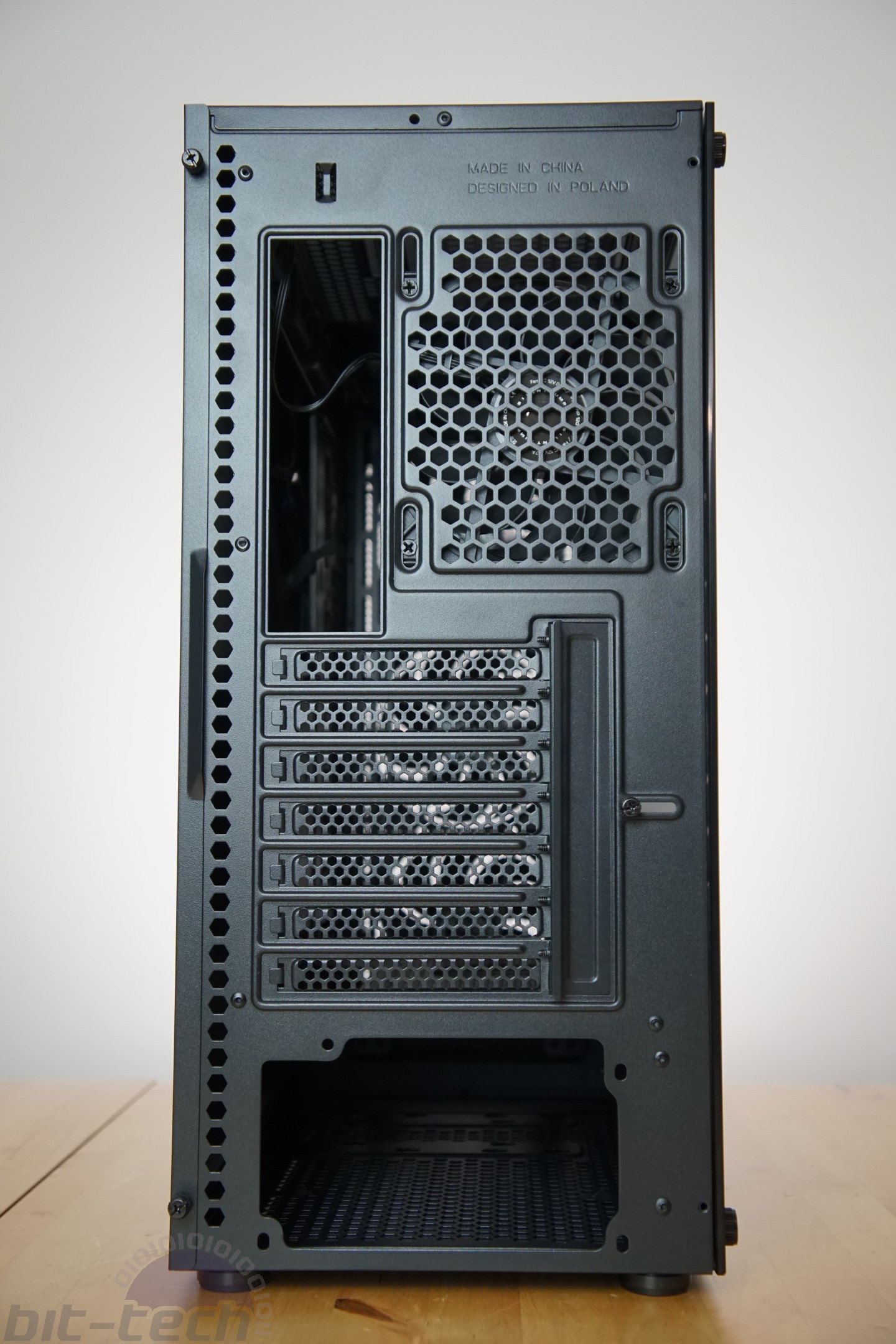
The front I/O has power and reset buttons, separate headphone and microphone ports and 2 USB 3.2 Gen 1 Type-A ports. The 2 USB sockets are for some reason orientated in opposite ways... just to make sure you only ever get your USB device plugged in on the umpteenth attempt. Given that all the pictures of the case on the website shows them facing the same direction, I can only assume this is a manufacturing error that slipped past QC. Both are still functional though and the inclusion of rubber blanking plugs for both audio and USB ports is nice touch.
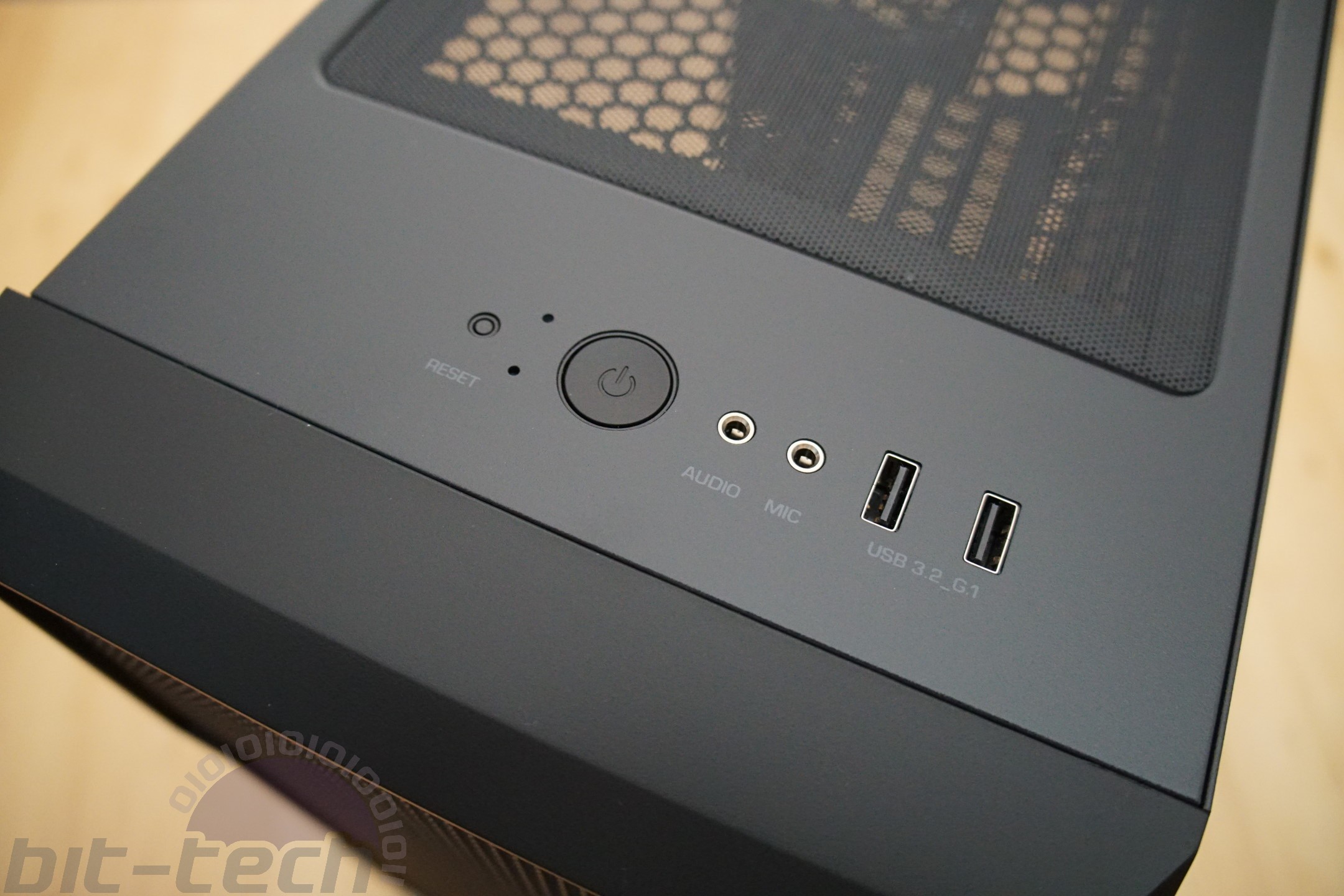
Specifications
- Dimensions (mm) 221 x 443 x 470 (W x D x H)
- Material Steel, plastic, tempered glass
- Available colours Black with either standard ARGB fans
- Weight 6.05kg
- Front panel Power, reset, 2x USB 3.2 GEN 1 (TYPE A), 1x headphone jack 1x microphone jack
- Drive bays 4 x 3.5"/2.5", 5 x 2.5"
- Form factor(s) ATX, micro-ATX
- Cooling 3 x 140mm/120mm front fan mounts (3 x 140mm
fans included), 1 x 140mm/120mm rear fan mount (1 x 140mm fan included),
3 x 120mm or 2 x 140mm roof fan mounts (fans not included)
- CPU cooler clearance 180mm
- Maximum graphics card length 419mm
- Extras Removable dust filters, RGB LED controller, eight-port PWM fan hub

MSI MPG Velox 100R Chassis Review
October 14 2021 | 15:04






Want to comment? Please log in.